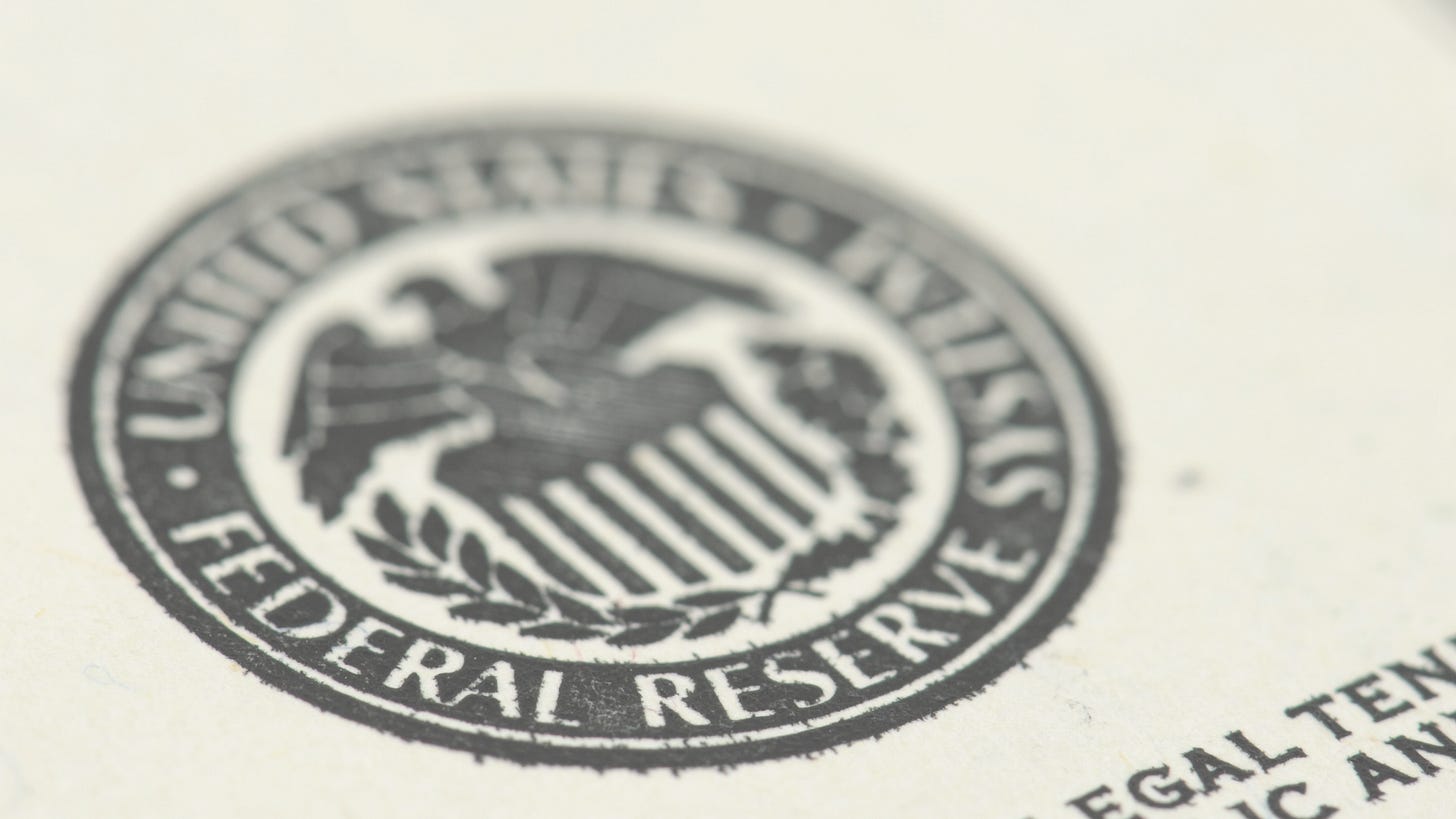The top five climate risk stories this week
1) ECB launches climate risk stress test for banks

The European Central Bank (ECB) fired the starting gun for its inaugural climate risk stress test on Thursday.
Participating banks will have to gauge their resilience against three macro-financial scenarios covering shocks brought about by extreme weather and a sudden shift to a low-carbon economy. Under the physical risk scenario, banks must assess how their portfolios would stand up to both a prolonged heatwave and extreme river floods. Two transition risk scenarios will test banks’ ability to withstand both a long-term shift to a low-carbon economy and a sudden, chaotic switchover.
Banks will subject only their most climate-vulnerable assets to the ECB’s chosen shocks. Traditional loss projections familiar to the banks will be used alongside “new qualitative data collections”, the ECB said.
The banks will also have to fill out a 78-part questionnaire on their internal climate stress test capabilities and deliver a set of common climate-related metrics to allow the ECB to conduct a “peer benchmark analysis”. These metrics include each banks’ financed emissions, and the amount of income they receive from carbon-intensive industries.
The ECB reiterated that the test results could affect participants’ Pillar 2 capital requirements, as they will be factored into the annual Supervisory Review and Evaluation Process which is used to set the capital add-ons each year. However, the test is not a pass/fail exercise and how banks fare will not influence their capital levels directly.
The ECB expects to publish aggregate results from the stress test in July this year.
2) EU banks to disclose climate risk metrics — EBA

Lenders in the European Union would have to publicly disclose 10 new climate risk metrics as part of new reporting standards proposed by the bloc’s banking regulator.
The draft Pillar 3 standards on ESG risks, released by the European Banking Authority (EBA) on Monday, are supposed to furnish investors, policymakers, and other stakeholders with data on banks’ climate exposures, risks, and strategies.
The 10 climate risk metrics are grouped into three categories: transition risk, physical risk, and climate mitigating actions. This last group includes the Green Asset Ratio (GAR), which measures the proportion of a firm’s banking book assets that supports sustainable activities as defined by the EU’s taxonomy regulation.
Since not all corporate borrowers have to report how their activities align with the taxonomy under EU rules, the EBA has also introduced a Banking Book Taxonomy Alignment Ratio (BTAR) to capture how much each bank’s exposures to these excluded companies count as climate-friendly. Populating the BTAR will require banks to collect activity-level information from these borrowers on their own, or use proxies instead. The BTAR was not part of a consultation on the Pillar 3 standards released last March.
Banks would have to start reporting their GAR and BTAR in June 2024. The EBA had earlier indicated that the GAR would come into effect in 2023.
3) Net zero asset owners raise decarbonization targets

Institutions that are part of the Net-Zero Asset Owners Alliance (NZAOA) have agreed they must cut their absolute financed emissions 22-32% by 2025, as part of an effort to align their climate ambitions with a 1.5°C temperature pathway.
The new target, released as part of the second edition of the NZAOA’s target setting protocol on Tuesday, is a step up from the 16-29% portfolio decarbonization ambition for 2025 agreed last year when the climate alliance was first formed. The new protocol also calls on NZAOA members to set 2030 absolute emissions reduction targets of 49-65% or beyond.
Climate-focused nonprofit Reclaim Finance welcomed the increased ambition of the NZAOA but criticized the scope of its target-setting criteria. It said that the NZAOA allows institutions to set targets referencing their investees’ Scope 1 and 2 emissions only, rather than insisting on the inclusion of indirect Scope 3 emissions — which often make up the bulk of companies’ carbon footprints.
The updated NZAOA protocol also laid out heightened expectations of asset managers. Now, NZAOA members are encouraged to press asset managers to publicly commit to support a low-carbon transition that leads to a maximum 1.5°C temperature increase. Reclaim Finance said the ramping up of pressure on asset managers was welcome, but that the NZAOA protocol did not say institutions “shall” engage with asset managers this way, only that they “should”.
The NZAOA has 69 members, including European giants Allianz, Axa, and Swiss Re. To date, 30 members have set 2030 portfolio emissions targets.
4) Fed nominee Raskin’s climate views trouble US business lobby

Sarah Bloom Raskin, President Biden’s choice to be the Federal Reserve’s top banking regulator, has “raised concerns” across the US business community because of her past actions and statements, including on climate change. That’s according to a letter sent by the US Chamber of Commerce on Thursday to the Senators who will make or break her nomination.
The letter, signed by Tom Quaadman, the Executive Vice President of the Chamber’s Center for Capital Markets Competitiveness, asked members of the Senate Committee on Banking, Housing, and Urban Affairs to press Raskin on whether it is the Federal Reserve’s role to “direct capital away from certain industries that are politically disfavored” — a reference to her past arguments that regulators should stem financing flows to the fossil fuel industry.
It also told the lawmakers to ask her to clarify her statements on barring fossil fuel firms from the Fed’s emergency lending facility, set up at the height of the Covid-19 pandemic to buy up corporate bonds and restore confidence to credit markets. Data shows the oil and gas sector sold around $100 billion in bonds from when the facility was set up in March 2020 to October 2020, and that the Fed bought debt directly from 19 oil and gas companies that had issued new bonds over this period.
Quaadman told Reuters that the Chamber had never before sent a public letter querying a prospective Fed appointee before, but that it was not opposing her nomination — for now.
5) ISSB builds top team

The International Sustainability Standards Board (ISSB) appointed accounting expert Sue Lloyd to be its Vice-Chair, and ESG reporting veteran Janine Guillot to be special advisor to Chair Emmanuel Faber.
Lloyd currently serves as Vice-Chair of the ISSB’s sister organization, the International Accounting Standards Boards (IASB). The Board oversees international financial reporting standards used in over 140 jurisdictions. Guillot is the CEO of the Value Reporting Foundation (VRF), a nonprofit that houses voluntary ESG reporting standards. The VRF is being consolidated into the ISSB, together with the Climate Disclosure Standards Board (CDSB), to advance the ISSB’s efforts to roll out a global baseline of sustainability reporting standards, starting with climate change.
Lloyd’s appointment as Vice-Chair rounds out the the leadership of the ISSB. However, the trustees of the International Financial Reporting Standards Foundation — which oversees the ISSB and IASB — is continuing its search for additional Board members, with interviews slated to take place from February.
Faber, Chair of the ISSB, is the former CEO of Danone, the international food company. While at the firm, Faber set up various initiatives to aid investors’ understanding of how sustainability issues could factor into their evaluations of enterprise value.

